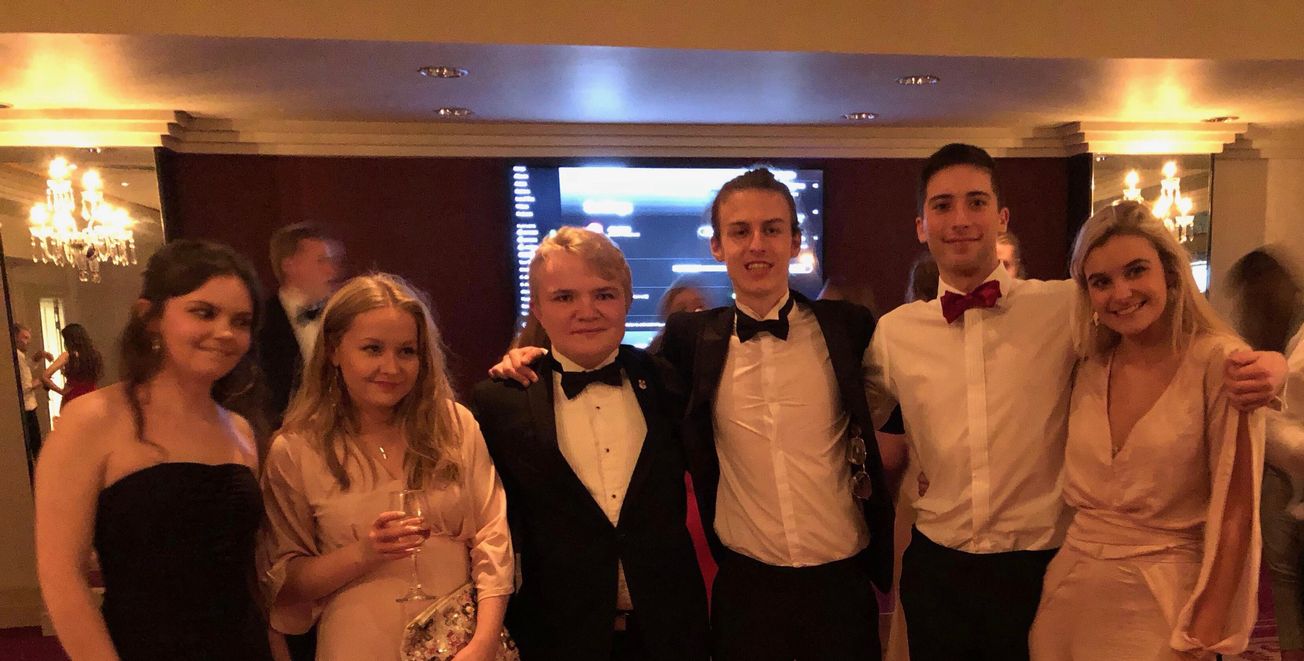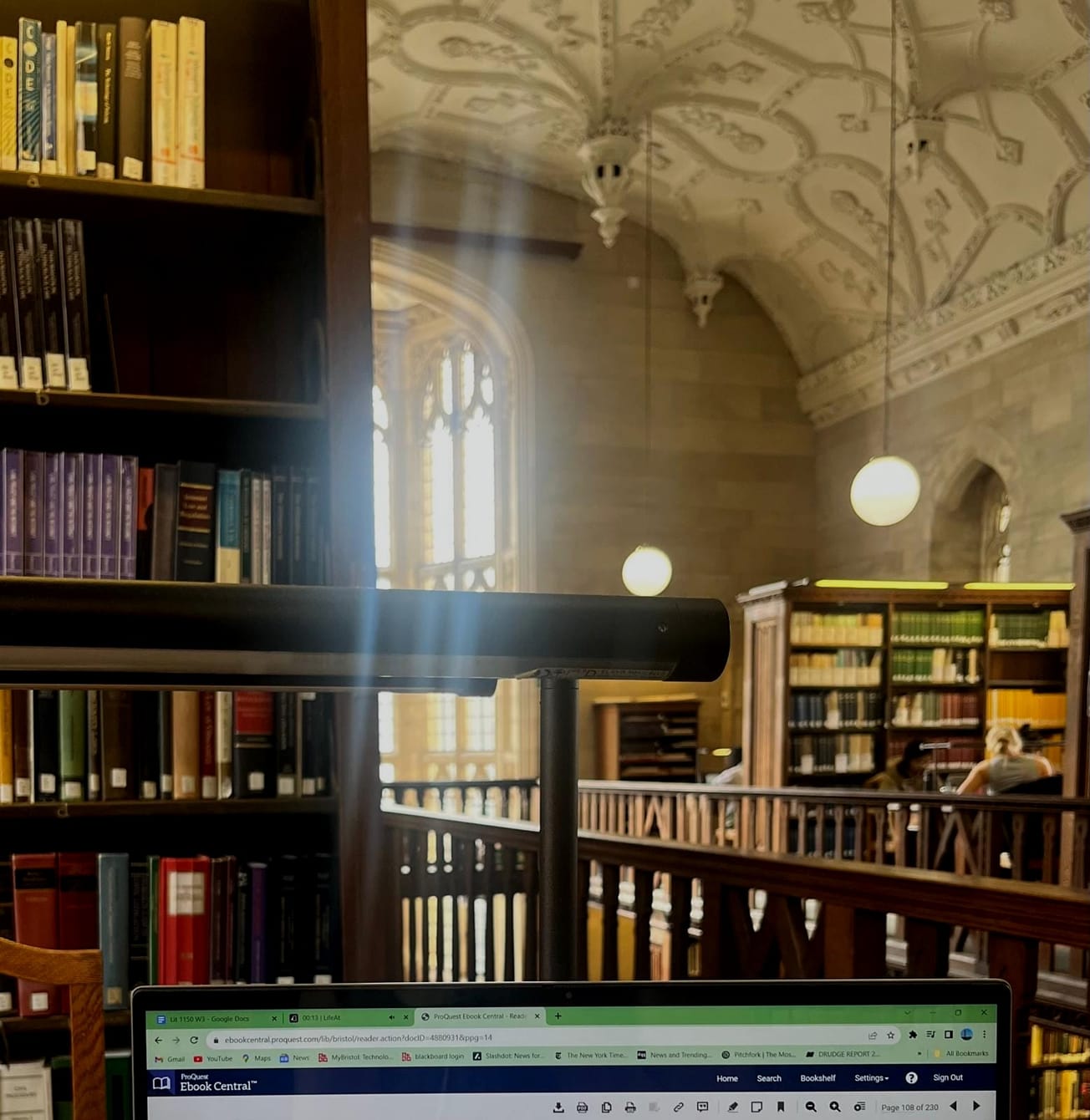By Will Charley, Comment Editor
Bristol University students are paving the way in gender equality- and the media needs to listen
Bristol student media continues to lead the way in gender equality this year, with three major publications having a strong female presence. This stands in the face of the professional media, which continues to be dominated by men, especially in the most senior positions.
Epigram’s editorial team is composed of a majority of female journalists, whilst The Tab Bristol’s editor is a third-year English student, Charlotte Bailey. As well as this, the University’s female-orientated magazine, Her Campus Bristol is a leading example of the work of female journalists.
At Bristol, the number of female journalists is high, their roles are important and their influence is huge. But this is in stark contrast to the gender imbalance in the professional press.
According to studies, women are statistically more likely to be hired to present segments on the weather and culture, rather than hard-hitting headlines. Female journalists are also much less likely to be commissioned to write a story than their male counterparts.
An example is the Daily Mirror, where 90 per cent of their stories were written by men between June and July 2017. But the Mirror is not alone, with the Evening Standard and The Sun’s stories being written by men 85 per cent of the time in the same period.
According to the thinktank Women in Journalism, just 25 per cent of frontpage headlines were written by women in the print press, between June and July 2017. That is woefully low and it needs to change.
Female journalists are also much less likely to be commissioned to write a story than their male counterparts
Some may argue that women are more interested in discussing fashion than politics, and that segments on culture and arts lean more towards female interests. It has been said that women prefer other careers to journalism, whereas men are often keen to become part of the media elite.
But this is clearly not the case when you examine Bristol’s own student media.
@winstonpeters chooses the 125th anniversary of Women’s suffrage to tell female journalists that, while they might look ‘pretty’, they are bad at their jobs. https://t.co/L2CvukAhZw
— Josh Cameron (@JoshCameron00) September 22, 2018
Epigram’s News Editor, Deputy News Editor and Investigations Editor are all women. Some of the positions that cover the grittiest and most political topics have been avidly fought for by female students. Similarly, both the Online Comment Editor and her deputy, are female students studying politics at Bristol.The myth that there are fewer female journalists covering the nitty-gritty issues in life because they have less interest is exactly that: a myth.
'British newspapers are still incredibly dominated by white middle-aged middle-class men, mostly Oxbridge'
This suggests that women are disadvantaged in the professional industry, whether that is through direct discrimination or through more subtle means. A view held by some female writers at Epigram is that fewer women are able to break into the industry because of the bullish, masculine personality currently needed to enter this male-dominated career.
Professional journalism is a man’s world because many men are brought up to believe that they deserve the world, something that is a unique privilege. Contrastingly, women have historically been disadvantaged and excluded from certain industries and pushing against this past can be difficult. This has led to the rise of office ‘lad culture’, a concept that runs against traditional conceptions of ‘femininity’, which has been pushed upon women. This can mean that office culture is an obstruction to female journalists getting into the industry and being promoted by their male colleagues.
Dear @guardian_sport, I just flicked through yr magazine in today’s paper with my 10 yo daughter who loves football and boxing. In 20 pages there is one picture of a woman, not a single article on women in sports or written by a female journalist. How is that possible @guardian?
— Marta Foresti (@martaforesti) September 22, 2018
The culture in the professional media needs to take a long hard look at itself. By looking at the student media in Bristol, it is clear that there is no shortage of female journalists but, a shortage of women succeeding in the industry.
One successful female journalist is Christina Lamb, the Chief Foreign Correspondent for The Sunday Times. When approached by Epigram, she had this to say:
‘It’s heartening to see young women coming into journalism as British newspapers are still incredibly dominated by white middle-aged middle-class men, mostly Oxbridge. Only the Guardian has a female editor.
‘In my own case in 30 years of being a foreign correspondent, I have only ever had male foreign editors and male editors [and] so will probably retire never having worked for a woman. I think this matters, not only to be more representative of the societies we cover, but also as men and women look at stories very differently.’
There is clearly reform needed to be made up and down the industry, and these changes are already being advocated by both professionals and student journalists. But a new generation of female journalists has flourished at Bristol and it is high time change comes now.
there is no shortage of female journalists but, a shortage of women succeeding in the industry
Of course, the irony of a male editor writing about the qualms of his two female deputy editors is not lost to me. The term ‘mansplaining’ comes to mind. But in a paper in which there are just 21 male editors alongside 50 female editors, Epigram and the wider Bristol student media are not the source or cause of this gender inequality.
The problem with the mainstream media is the male culture, and it is that which needs to change.
Featured image: Epigram/Alex Boulton









